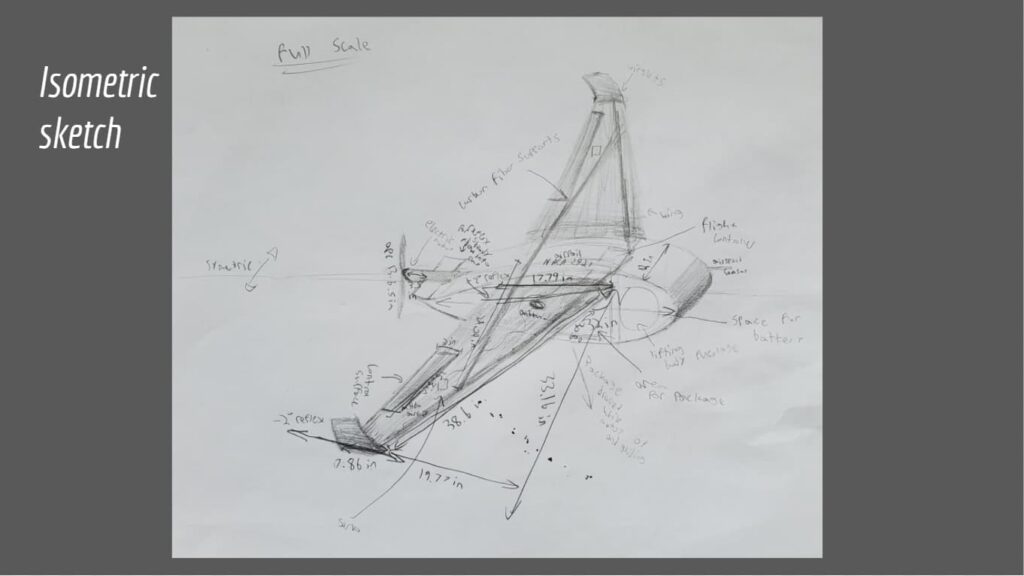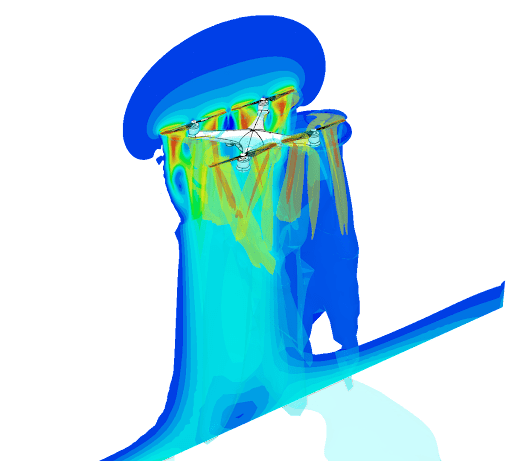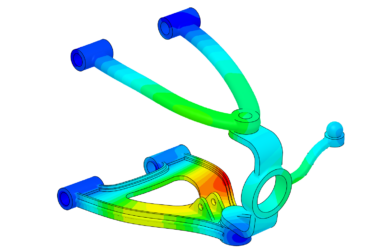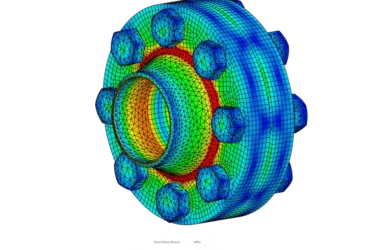In an era defined by technological leaps, few innovations have captured the imagination and promise of transformation as much as drones. These unmanned aerial vehicles, once confined to hobbyist pursuits and military reconnaissance, have broken free from the shackles of their origins to touch nearly every facet of our lives. From capturing breathtaking aerial photographs to monitoring agricultural fields and delivering packages to our doorsteps, drones have found their place in a myriad of industries. However, there is one particular application that stands out, not just for its potential to revolutionize a sector but to save lives in the process – medical drone deliveries.
Imagine a scenario where seconds can be the difference between life and death. Picture remote villages, disaster-stricken areas, and underserved communities where access to critical medical supplies is a challenge. In such settings, medical delivery drones are not just a technological marvel; they are lifelines. These drones have the power to transcend geographical barriers, overcome logistical hurdles, and bring much-needed medical relief to those in desperate need.
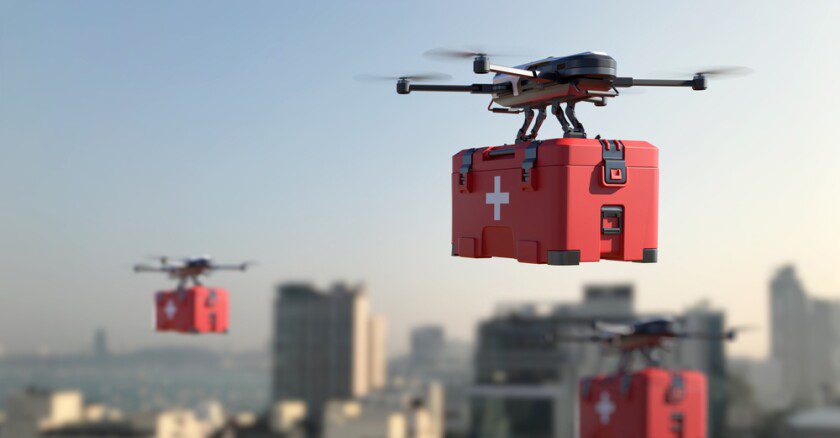
In this article, I want to highlight an inspiring drone design project by Frank Lucci, a high school student out of Texas, who used SimScale’s CFD simulation tool to design a medical delivery drone from scratch. The possibilities that cloud-native simulation like SimScale can provide students and designers with are endless, enabling them to design faster, iterate more, and accelerate their innovation in ways that are otherwise beyond reach.
The Promise of Medical Delivery Drones
The key factor that has accelerated the adoption of drones for medical delivery has been the recent surge in the need for such delivery of medications and vaccines on a global scale, characterized by the impact of the COVID-19 pandemic, especially in areas facing geographical obstacles and a lack of reliable refrigerated transport.
One initiative by The World Economic Forum called Medicine from the Sky has been implemented in India, which is known for its diverse and hard-to-reach landscapes. The need for healthcare access in rural Indian regions has been a clear incentive for public and private organizations to invest in and push drone solutions. The initiative’s initial phase successfully conducted over 300 drone-enabled vaccine deliveries in Telangana, India, making it a pioneering initiative in Asia. The project then shifted its focus to the more complex terrain of Arunachal Pradesh, a Himalayan state characterized by challenging mountainous landscapes. In this phase, the initiative carried out over 650 drone flights and delivered over 8,000 medical products to 200+ patients across challenging terrains.
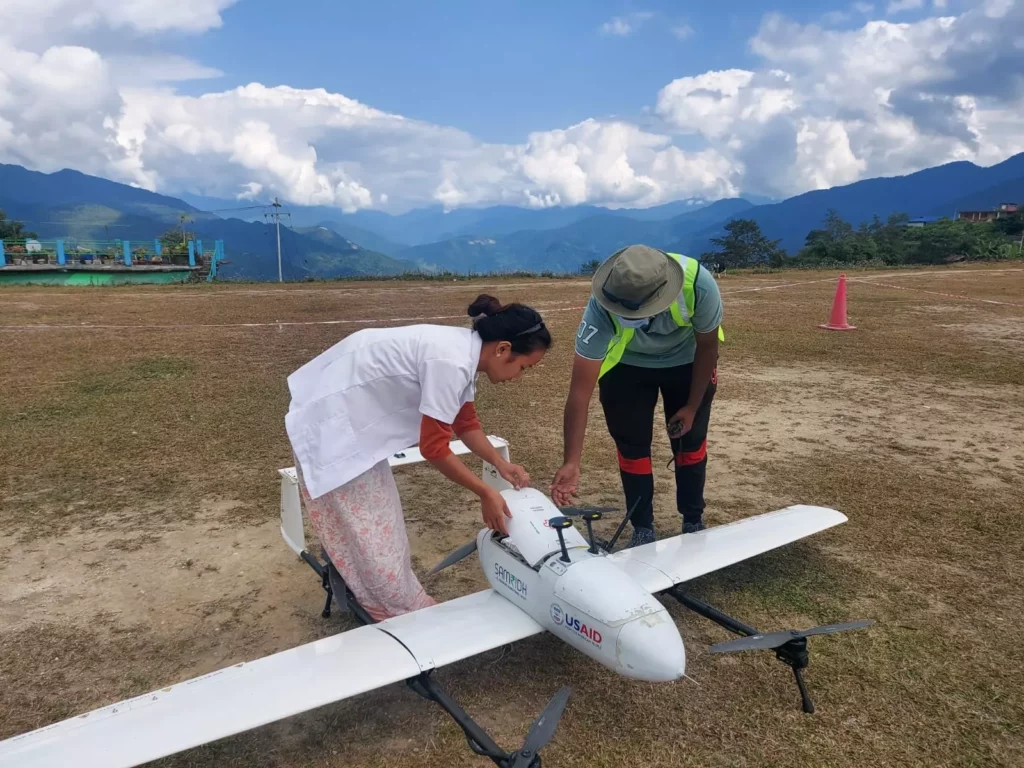
The challenges of medical delivery are multi-faceted. Time is often of the essence, and access to healthcare can be a matter of life and death. Traditional ground-based transportation systems may be slow and inefficient, especially in remote or disaster-stricken areas. This is where medical delivery drones step in. They offer the promise of faster response times, reduced costs, and improved access to healthcare, particularly in emergencies and underserved regions.
MediWing: A Medical Delivery Drone Design Project
Frank Lucci is a student at the BASIS San Antonio (Shavano) High School in Texas, an ardent learner of fluid dynamics and aerospace, and a member of the SimScale community. In his effort to participate in a science fair competition, Frank took the COVID-19 pandemic as a motive to design, build, and fly a drone that delivers medical payloads. Thus, his project MediWing was born.
After considering the design requirements of a medical delivery drone, including range, speed, payload weight, and modes of flight, he used some rough estimates to come up with an initial base design. The design involved a drone with airfoil-shaped wings. So, he created an initial CAD model and used SimScale to simulate and reiterate the design numerous times until he reached the optimal design. He, then, developed a detailed CAD design for a half-scale model and constructed a physical prototype using CNC and 3D printing technologies. He went on to test and tune the prototype until the drone was able to fly autonomously.
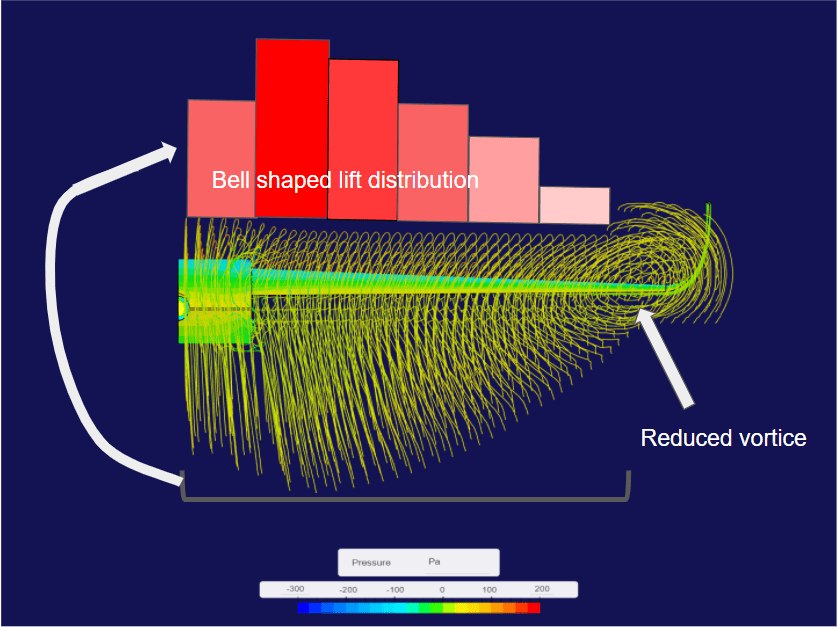
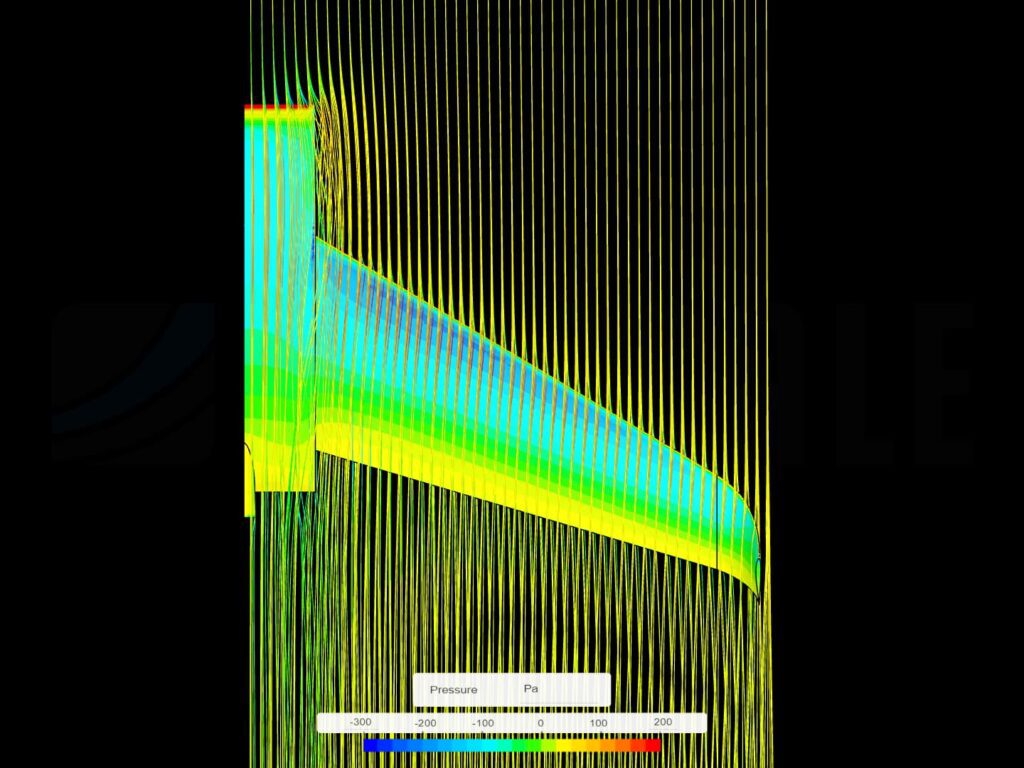
Here’s what Frank had to say about his prototype:
“The package mechanism and everything else seemed to work except for the range, which was half of the predicted and desired range. Eventually, I came to understand that all the building defects, circular flying patterns, and high wind speeds cause a huge efficiency decrease. I vowed to construct the next model way more aerodynamically efficient and overestimate the drag predicted from the simulations. After one year, hundreds of hours of work, thousands of errors and failures, and one Top-300 middle-school science fair project in the nation, Version 1 was done.”
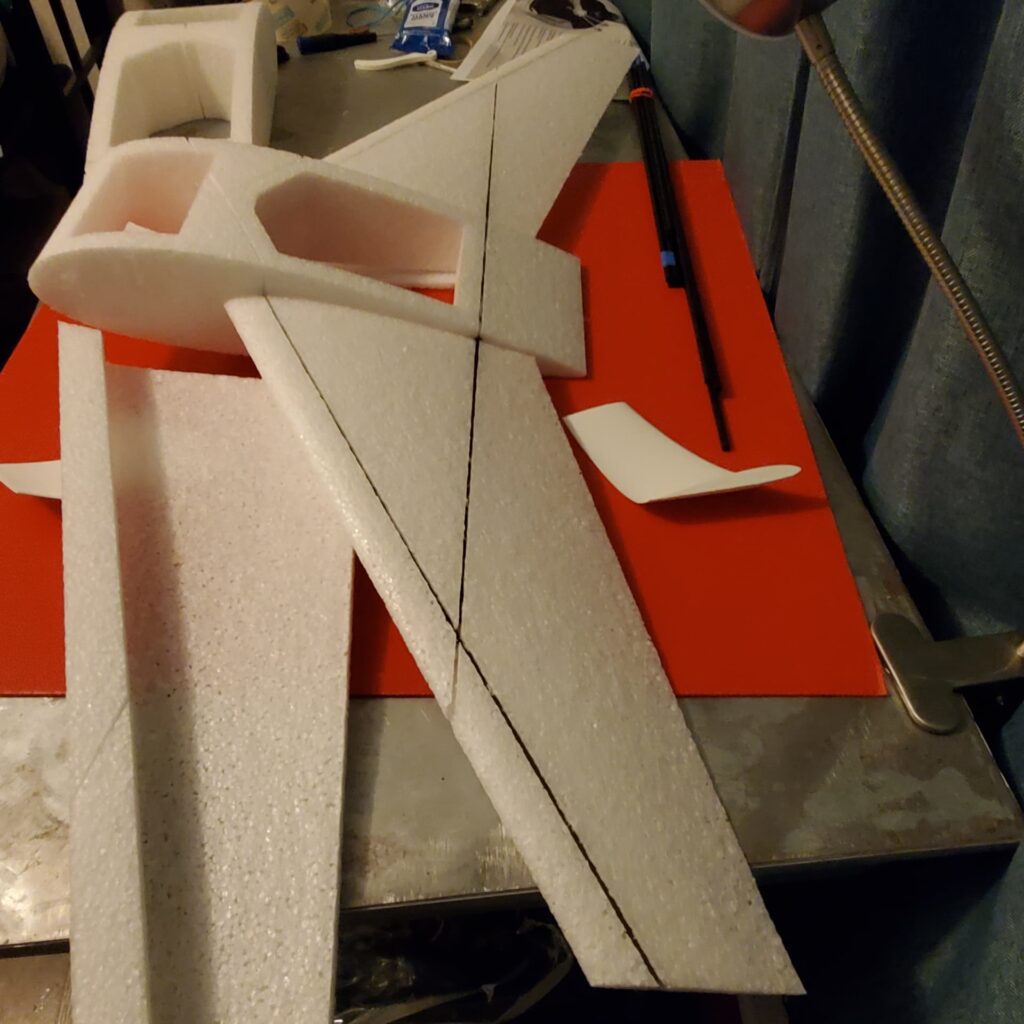
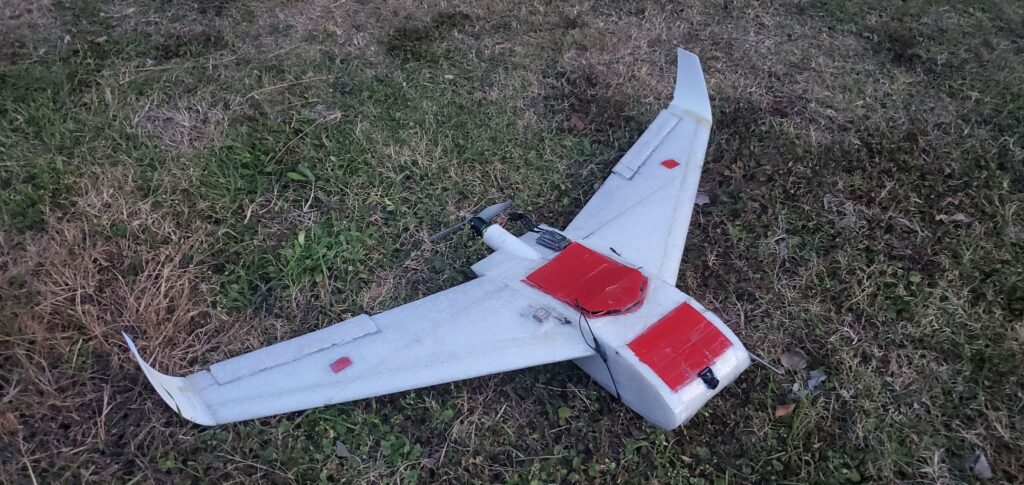
However, Frank was not done there. He went on to design a second version of the MediWing, seeking a VTOL (vertical take-off and landing) aircraft design. Frank is currently working on optimizing his design to accommodate and fix the plane’s VTOL transition and is even considering building a full-scale version.
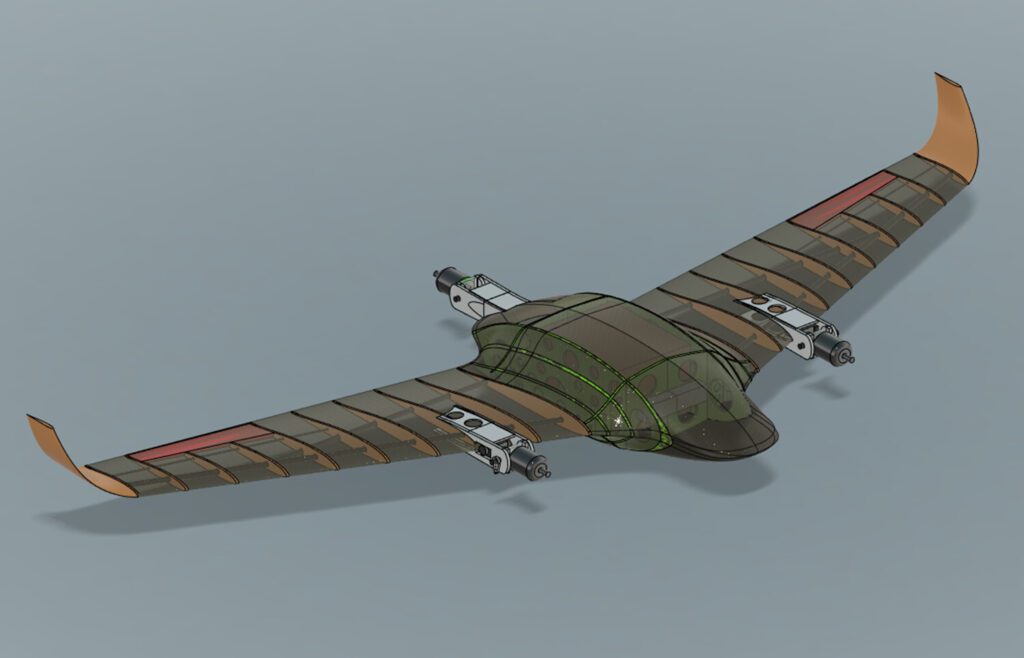
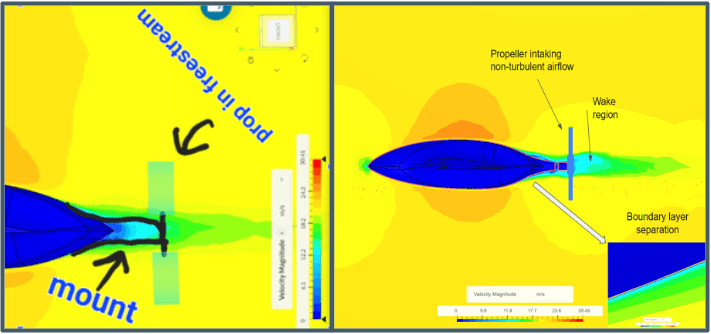
Frank’s use of SimScale CFD to analyze and visualize the airflow around the drone has helped him fine-tune his design effectively and facilitated his ability to innovate faster. This is exactly what SimScale offers: Unparalleled accessibility and seamless integration. With more and more students finding significant value in SimScale, SimScale continues to support academics, engineers, and designers to build the future and innovate faster and better.
Read more about Frank’s story in his entry in the SimScale Forum.
CFD Simulation for Medical Delivery Drones
Computational Fluid Dynamics (CFD) plays a critical role in shaping the design and functionality of medical delivery drones. By leveraging CFD simulations, engineers can predict and analyze how a drone will perform in various conditions, including different wind speeds, temperatures, and altitudes. This enables them to optimize the drone’s aerodynamics, stability, and payload-carrying capacity before a physical prototype is even built.
CFD simulations provide crucial insights into the airflow around the drone’s body, rotor design, and other components, allowing for fine-tuning of the design to maximize efficiency and safety. The result is a well-engineered drone that can reliably transport life-saving medical supplies to those in need.
Drone design projects like Frank’s MediWing rely on CFD simulations to ensure the drone meets stringent design requirements, complies with safety regulations, and performs optimally in challenging real-world scenarios.
The real-world implications of such innovative projects can be profound. With initiatives like that from the World Economic Forum, we do not need to imagine anymore. We are getting closer to a world where medical supplies, vaccines, and even organs can be swiftly delivered to remote areas, disaster-stricken regions, or areas with limited infrastructure. As such, lives can be saved, critical treatments can be administered on time, and healthcare access can be extended to the farthest corners of the world. The successful deployment of medical delivery drones not only addresses the challenges of today but also paves the way for a more equitable and efficient global healthcare system.
